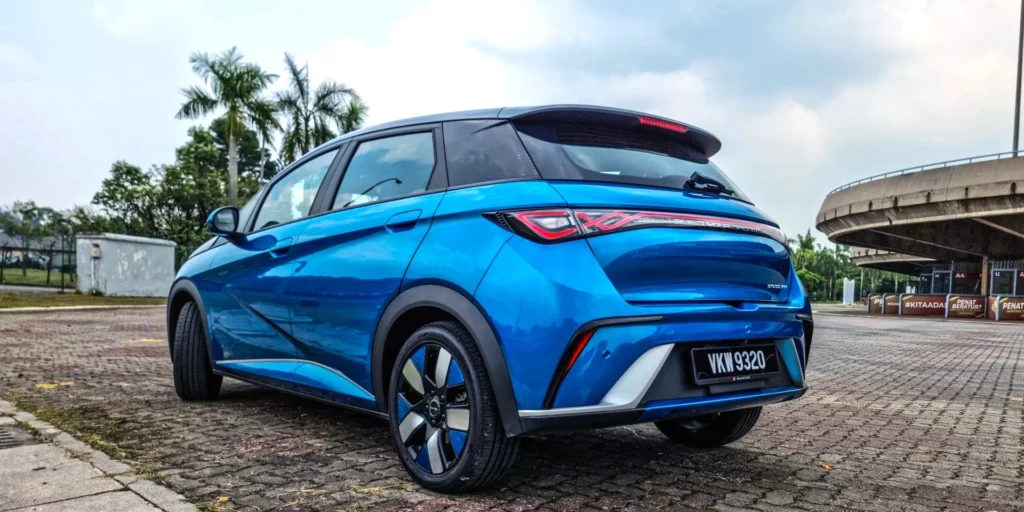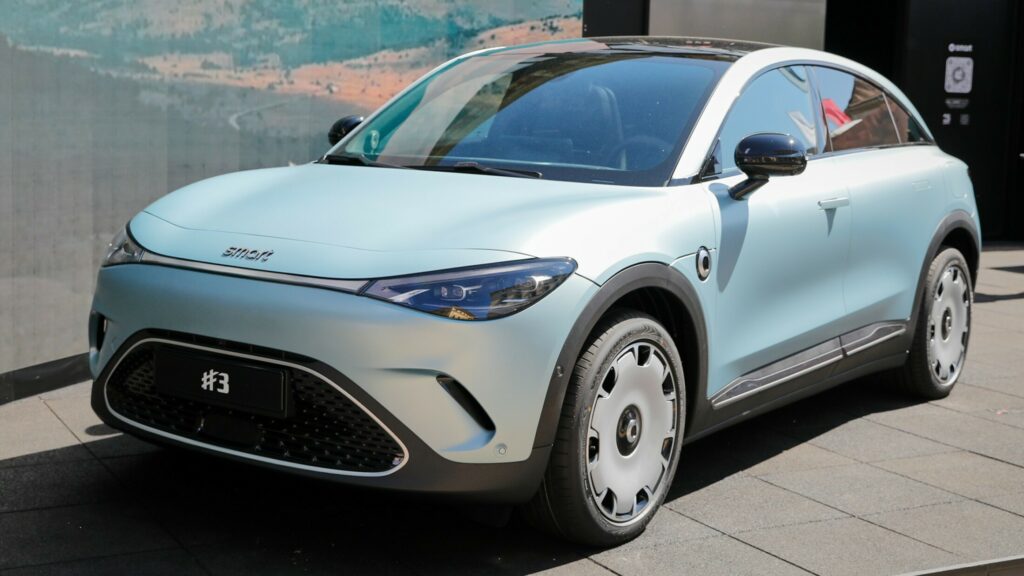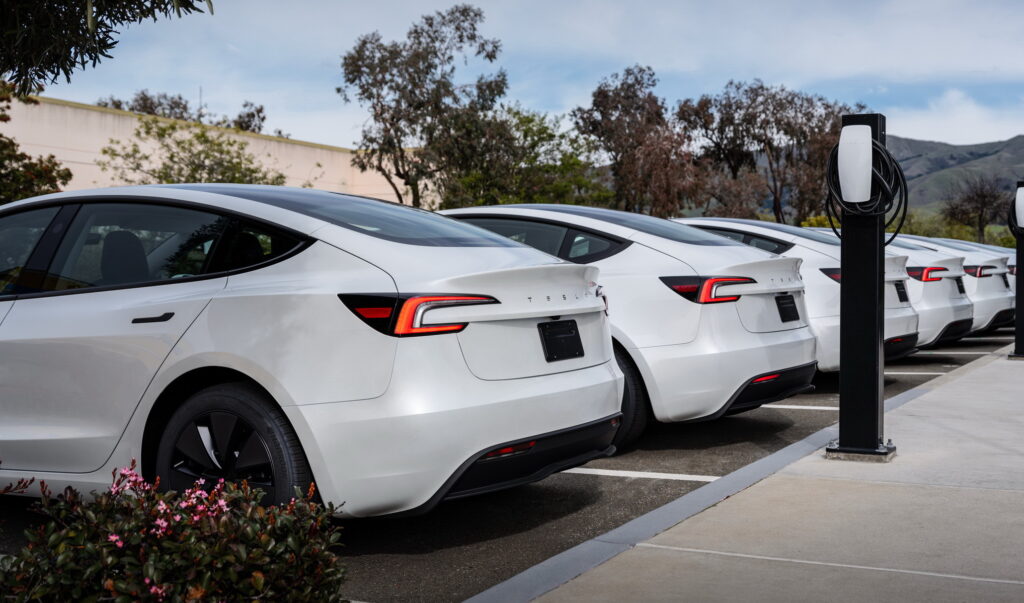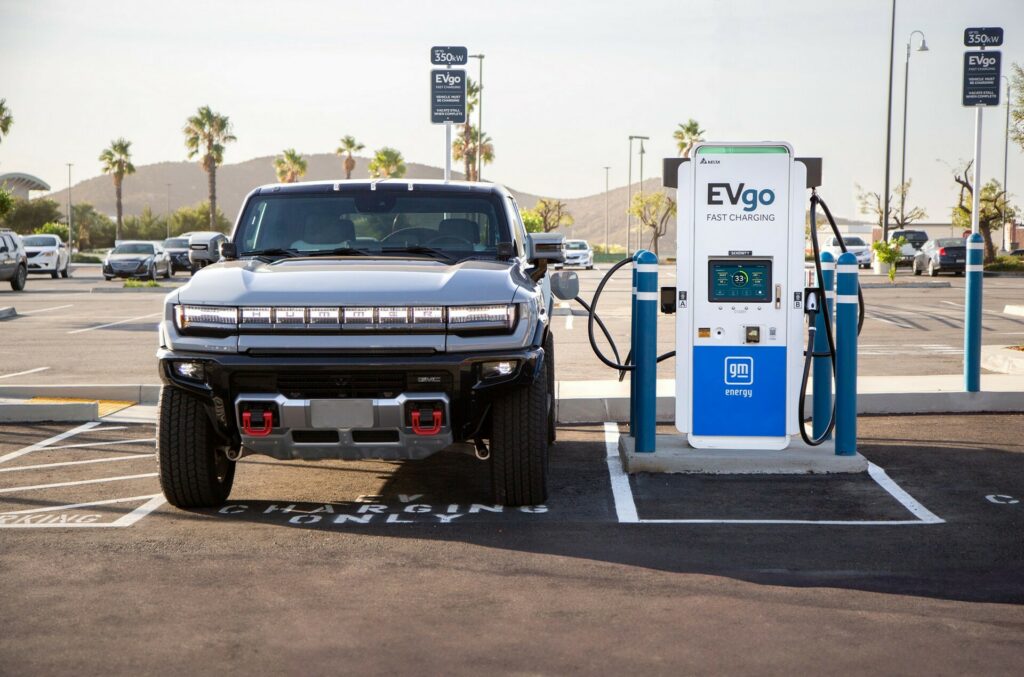China’s Cheap EVs Are Winning A Battle Legacy Brands Pretend Isn’t Even Happening
- Major European and British automakers are shifting focus to larger and higher-end EVs.
- A growing number of small EVs from China will combat the ever-growing size of new cars.
- In June, roughly 10 percent of all new cars sold in the UK were from Chinese brands.
Few could have predicted just how quickly Chinese automakers would come to dominate the affordable EV market. In less than a decade, brands from the People’s Republic have gone from underdogs to leaders, reshaping global competition so dramatically that legacy carmakers have largely stepped back from the lower-cost segment, according to a new UK report.
Read: China’s Most British Roadster Freshens Up For 2026
The study, published by the FIA Foundation, highlights how the rise of small, budget-friendly EVs from China is pushing European and British manufacturers to concentrate on larger and more premium models instead.
China’s Growing Edge
“China, which now accounts for 27pc of global passenger car sales, has secured a competitive edge in manufacturing smaller EVs, with strengths across key aspects of EV production, including battery supply chains, manufacturing efficiency and software,” the report says. “It means China has evolved from a net importer of passenger cars before 2020 to the world’s largest net exporter.”
According to the report, this has led to European and British brands to cede the affordable car market. Of course, whether or not the car manufacturers themselves would admit this remains to be seen.

While EVs from China have been kept out of the US, they are becoming an increasingly common sight in the UK. Of all the new cars sold in the UK in June, roughly 19,000 of them were made by Chinese brands like MG, BYD, Omoda, and Jaecoo. Currently, there are more than 130 EV models available in the country and of these, 33 are priced under £30,000 ($40,200).
Small Cars, Big Potential
The surge in Chinese EVs could help to combat the swelling size of new vehicles. As noted by the chief executive of the RAC Foundation, Steve Gooding, “Our love affair with Fiesta-sized cars might swiftly be rekindled if more small, keenly priced EV models start coming to market,” he told Yahoo!.
Incentives from the nation’s Department of Transport could help to increase the number of small EVs on local roads. Discounts of up to £3,750 ($5,025) are available for new electric cars and more than 100,000 addition public charging locations are in the works.
























